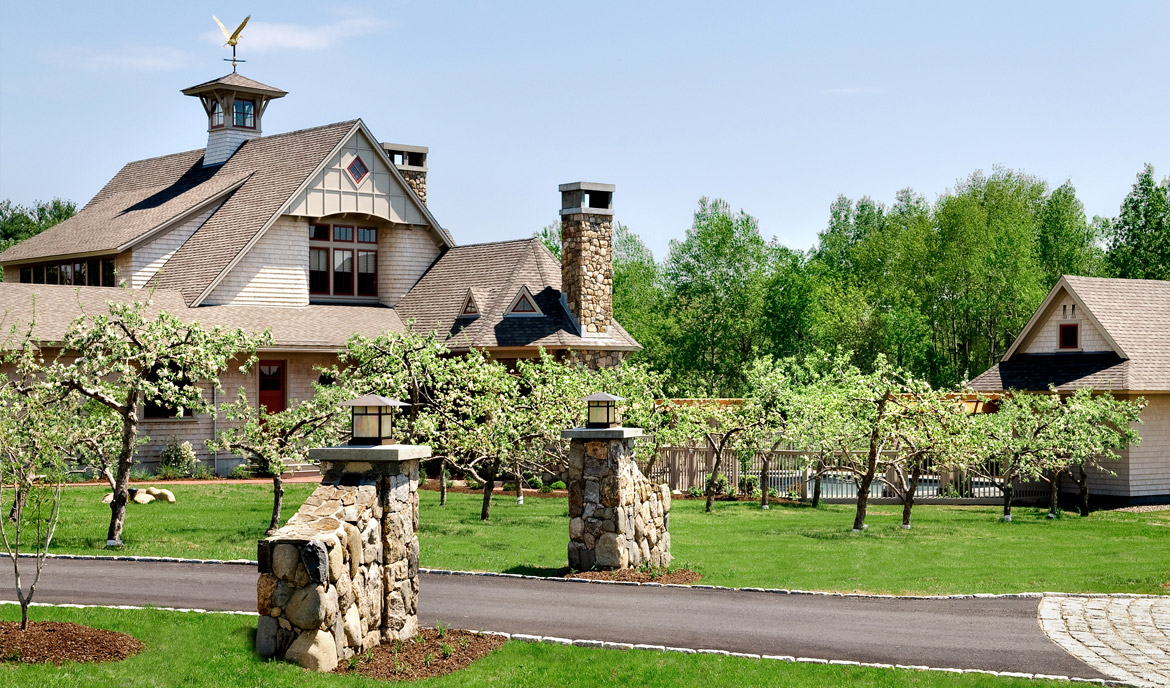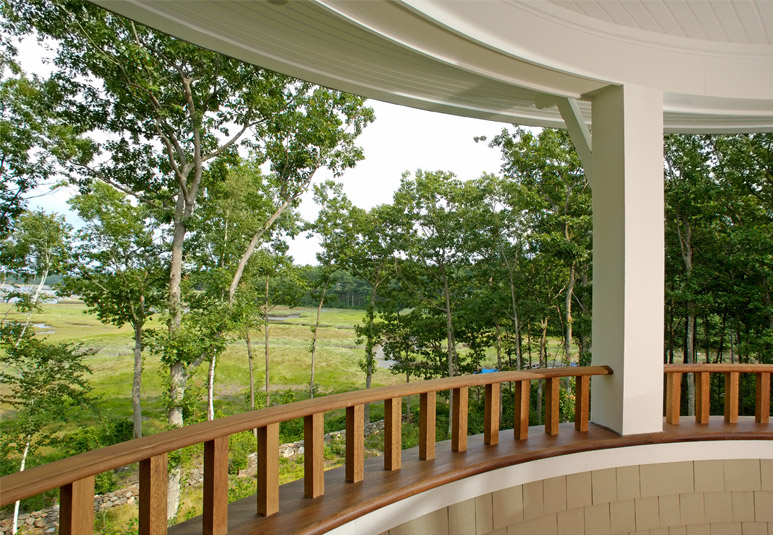Not Just for Asethetics or Shade: Benefits of Trees
What has bark but no bite? You guessed it — a tree! We see them all the time, and they’re part of our everyday landscape, but do you know why they’re so important? Trees are crucial in absorbing greenhouse gases and helping to protect Earth from the heat of the sun. But that’s just one of the many benefits of trees.
Strategically placed around the home, trees conserve energy by cutting the need for summer air conditioning by up to 50 percent. By doing so, you can lower your carbon footprint and lessen the amount of pollution emitted by power plants. Furthermore, the shade provided by trees helps your lawn retain water, which is beneficial in the long run.
For families, trees can be the perfect playmates and companions. Whether your intention is to build a playhouse for children or a nature retreat for someone of any age, trees can provide the space, location, and ambiance needed to create a relaxing or playful atmosphere. Additionally, they reduce the risk of skin cancer by reducing harmful UV-B exposure and can mask a landscape from any harmful views.
To optimize the functionality of trees on a given property, they shouldn’t be randomly placed. We suggest placing trees as specimens, group plantings, or mass plantings. Specimen trees are meant to be centerpieces, or focal points, of a landscape design and are placed away from other trees while group plantings are often members of the same species and don’t contrast with each other. Mass plantings feature more mature trees and appear as one unit in the landscape design.
A good rule of thumb when attempting to frame a home with trees is to look at the area from all angles, as one would if driving or casually walking by. This will help you get the correct point of reference. Also, don’t be hesitant to leave some of the existing trees on the property to minimize soil disturbance. We love the way a well-maintained, tree-lined street increases property values and gives a neighborhood personality and character.
Contact TMS Architects for architectural services in New England.


